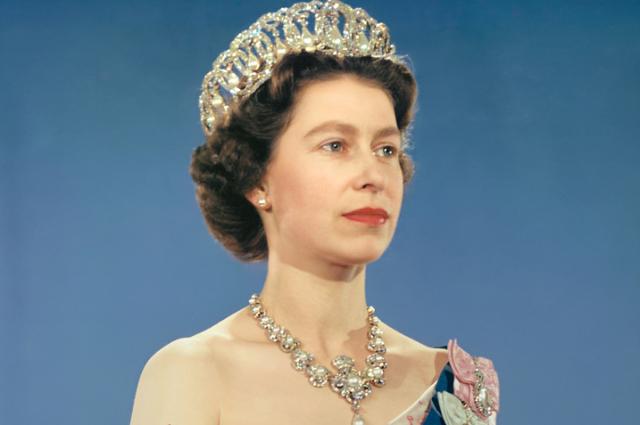
The Language Women Couldn’t Speak
Women have not had the liberty to talk in social, political or even cultural arenas openly. Nevertheless, even in the circumstances when words were limited, women could express themselves with their looks, body language, and art. Portraits, ornamentation, and self-representation had become great weapons of unspoken narration, expressing identity, strength and power. Each movement, object or painted mark could talk volumes and declare individuality and rebellion in societies in which they attempted to subdue them.
Examples in history can be given of women such as Queen Elizabeth I, whose portraits were youthful, wise and politically powerful and also the Mughal queens who could convey status and respect by means of clothing and jewellery and even posture. The practice still exists in the era of selfies and social media, when visual self-expression is still an instrument of empowerment. The contemporary influencers such as Beyoncé or Zendaya utilise fashion and images to express power, identity and social messages, which seem to prove that being seen and dressed has always been a conscious storytelling exercise.
Portraits as Power
Portraits have long served as instruments of authority, especially for women whose voices were often constrained. In Renaissance Europe, the portraits of Elizabeth I were carefully crafted to convey the image of royalty, integrity and wit. The pearls and the posture of the queen, even little elements, were not the symbols of vanity but the symbols of political and social authority. Similarly, Mughal queens and European aristocrats used attire, gestures, and objects in paintings to assert influence and social rank within patriarchal structures.
The rise of self-portraiture added another layer of control. Artists such as Frida Kahlo painted the work that narrates personal trauma and cultural identity, while Amrita Sher-Gil depicted Indian women navigating through colonial society. These works combined personal feeling and social declaration, and demonstrated how women could break the rules and claim narrative agency. Even today, Michelle Obama’s official portrait by Amy Sherald demonstrates how visual representation communicates dignity, intelligence, and authority. However, portraits were not just pictures; they were conscious actions of being seen, rebelling, and exercising power.
Adornment as Expression
Adornment - clothing, jewellery, cosmetics, and hairstyle has been a potent medium for women’s self-expression. In ancient Egypt, kohl-lined eyes symbolised protection and wisdom, while Greek and Mughal women used hairstyles and fabrics to convey status and identity. These choices communicated autonomy, cultural allegiance, and even subtle resistance in restrictive societies.
In the time of colonialism and patriarchy, when dressing was an attempt to restrain women in their expression, ornament was a form of protest. Modern examples include body positivity influencers, hijab fashion bloggers, and red-carpet statements by celebrities like Rihanna, who challenge traditional norms and use clothing as a political or personal statement. Adornment is not merely aesthetic; it is a form of storytelling, empowerment, and strength.
Pain, Identity, and Self-Portraits
Self-portraiture also gave women the chance to take charge of their stories, as the commissioned portraits did not. The works of Frida Kahlo show a degree of physical and emotional pain combined with cultural identity, and the work of Amrita Sher-Gil depicts the experiences of Indian women in the colonial society, and personal and collective experience is reflected.
Adornment touches upon the territory of the self-portrait, where the colours, jewellery, and clothing are the language of expression. These pieces demonstrate that visibility of women can never be superficial but rather an action of agency, a statement of individuality, and history, culture, and opposition. Self-portraiture, therefore, is both intimate and political, a timeless method of storytelling.
Modern Women Reclaiming Visibility
Self-portraiture and ornamentation continue to empower women today. Platforms like Instagram, TikTok, and YouTube allow women to share personal stories, cultural belonging, or mental health journeys, turning visibility into agency. These writings show that the appearance of women can never be superficial; it is an expression of individuality, history, culture, and resistance. Modern women such as Billie Eilish, Lizzo, or Malala on public platforms echo these strategies by visually asserting confidence, identity, and influence.
Being Seen, Being Heard
The portraits, decoration and expression of self demonstrate an unbroken lineage throughout history: women have always found a language to say something, to assert power and to hold onto identity even in the areas that tried to silence them. The art, style, and presence of visual language have been both a survival, uprising, and a survival tactic.
The act of being seen and adorned is a statement of agency for women who are bold with fashion or create strong visual identities. It is agency in action; it is not insignificant to be seen and adorned. These silent stories, written on canvas, fabric, and screen, continue to affirm that women’s visibility is a form of power — a statement that their voice, identity, and narrative cannot be ignored.
